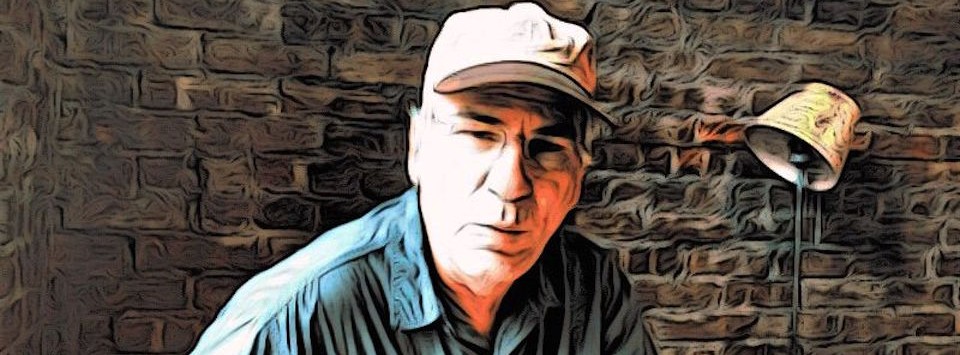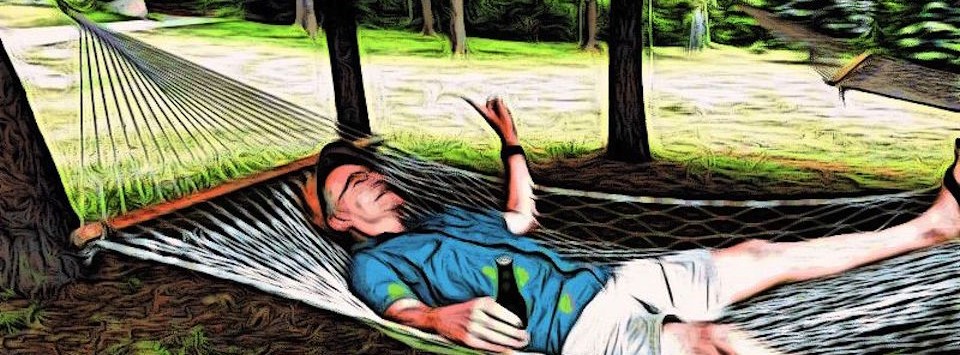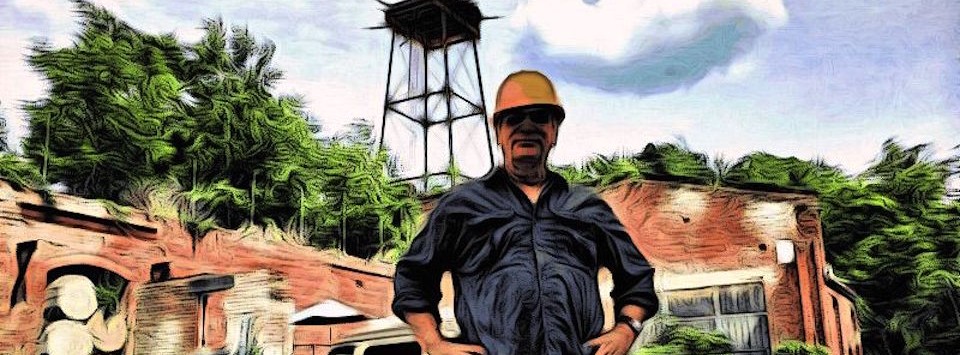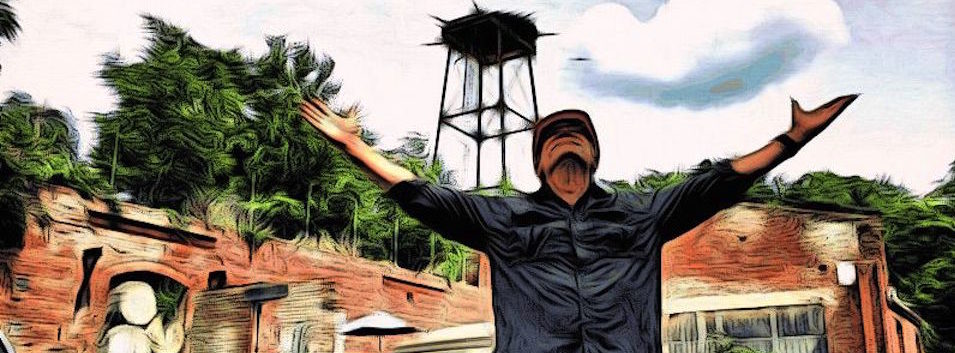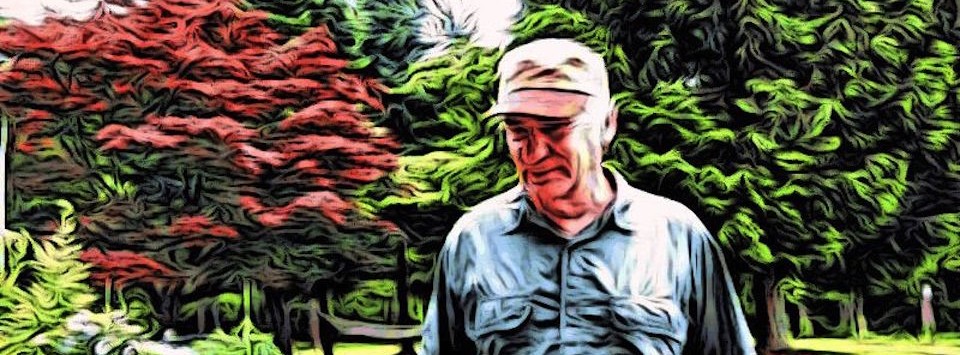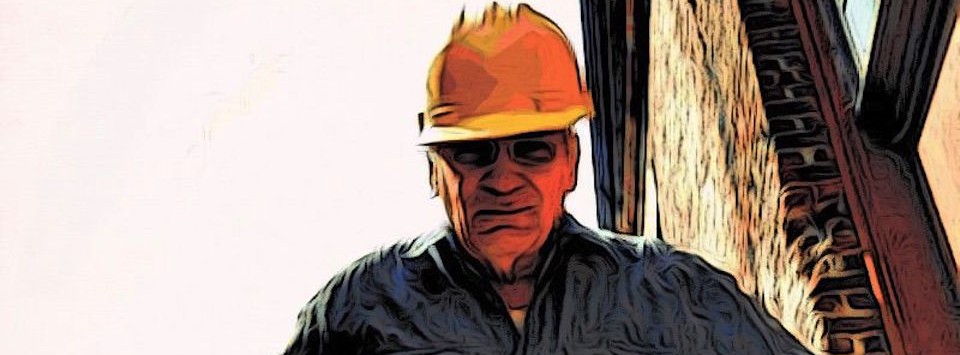Better Bathroom Behavior
Or: Waiter, There’s a Fly in My Urinal
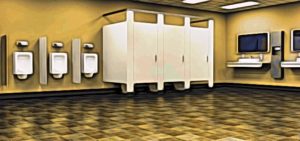
In a More Perfect World…
Public restrooms are a serious challenge to keep clean. The men’s room is, unsurprisingly, a huge problem.
From my unscientific research over the years (um, using public bathrooms), a shocking number of guys simply seem to lack common courtesy or even decent aim. I’m not the bathroom police, and I’m not a puritan, but it’s really not difficult to keep things clean.
We’re faced with a number of design challenges in public restrooms besides those dealing with courtesy and aim. Here are a few of the solutions that our proud bathroom engineers have come up with:
- Toilet seats: Ever noticed that toilet seats in public restrooms are about the only ones that are U-shaped? Yeah, that's done entirely because too many men splash or don’t bother to aim, and very few clean up after themselves.
- Flies in the toilet: A lot of urinal manufacturers have started constructing their urinals with a fly etched into the back of the urinal. Guys using the urinals tend to aim straight at them. Some companies have started selling special stickers for home use as well. I've heard that they reduce spillage by 80% (but that seems like a somewhat suspicious figure, if only for the difficulty in measuring it). They’ve also employed etchings of bees and dots for the target practice.
- Paper toilet seat liners: These flimsy little things provide psychological reassurance more than any real protection. Toilet seats are designed to make a poor surface for bacteria to nest on and, well, the paper liners are a better surface for that. On top of that, your skin makes a pretty great barrier to bacteria.
- Air dryers: It turns out that air dryers aren't better than paper towels. Air dryers spray germs everywhere. If you've washed your hands well, of course, it shouldn't matter. But how many people don't wash well? (A horrifyingly large number.) On the flip side, though, those air driers are much better for the environment, so there's a tough tradeoff there.
So, yeah, there we have it. This has been your public servant reporting, and imploring you to wash your hands well.
_________
Quotable
Well, Yard Ramp Guy—I’ve missed our alphabet thing. Glad for the return:
“I always have a quotation for everything—it saves original thinking.”
— Dorothy L. Sayers
From the Ancient Sumerians to Toyota
Or: What a Long, Strange Trip It’s Been
Less than half the parts in Chevy and GMC trucks are made in America.
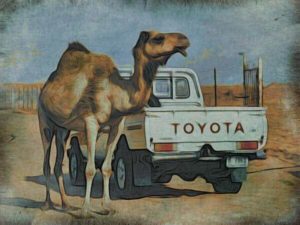
Made in American (not the camel)
The most American truck? The Toyota Tundra, made with more than 70% American parts.
I could make the obvious, cheesy joke about how a Japanese company is making the most American truck, but there’s a more important takeaway here. And it's starting to give us an idea how interconnected manufacturing and the modern global economy has become.
We hear a lot about globalization these days, mostly in terms of trade agreements like NAFTA. We also hear a lot of talk that treats globalization like it's some brand new phenomenon. Actually, globalization dates back (at least) to the Bronze Age. Yes, ancient societies were hardly isolated citadels surrounded by barbarians.
The Ancient Sumerian texts (some of the oldest in the world) fairly often referred to trade partners. We’ve managed to decipher some of these partnerships—including deals with ancient Middle Eastern states like Egypt.
We couldn’t match the name of one trade partner, Meluha, though, to a location until recent archaeological discoveries. As it turned out, Meluha is actually the Harappan civilization.
Also known as the Indus River Valley civilization, it was located in our modern-day India and Pakistan. Meluha was some 2,300 miles away from the Sumerians—a tremendous distance for this time period.
As time went on, the level of globalization only grew. We've found Roman coins in ruins from ancient India, and we know goods from as far away as China made it to Rome. Medieval Europe was chronically short on coinage, since all their silver was going to India and China.
(Europe had nothing India or China wanted, but India and China had all sorts of spices and such that Europe wanted.)
Apart from the Roman Empire, Europe was an unimportant backwater on the global scale until the Renaissance and the Age of Sail.
So, if anyone tries to convince you that globalization is something new, or that human history isn't one of perpetual interconnection, well...laugh. Laugh harder than you would have if I’d actually made some cheesy joke about a Japanese car company being more American than an American company.
The Soviet/Russian Gem
A Diamond (Mine) in the Rough
The Great Wall of China isn't visible from space. That's just an urban legend. The Mir diamond mine in Siberia, however, is.
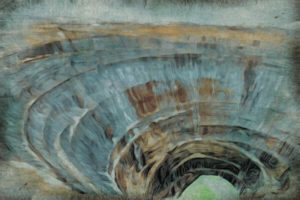
Big Hole in the Ground
The Mir mine is an open pit diamond mine that's almost a mile wide and a third of a mile deep. It was the source for nearly all of the Soviet Union's diamonds. And without it, the USSR probably never would have worked.
Not only did the Mir mine provide much needed cash to the USSR, it also provided diamonds necessary for industrial purposes, and all major nations need such diamonds for their many industries. (Remember: diamonds are necessary for many large drill bits and scouring materials.)
The Mir mine opened in 1957, operating for 44 years until its closure in 2001. Developing the mine was no picnic. It occupies ground that’s frozen seven months of the year, and it turns to slush in the brief summer.
Engineers needed to build the main processing plant on solid ground 12 miles away. Steel got so cold it would shatter, and oil would freeze. Jet engines were used by the miners to thaw the permafrost in the winter.
Still: the quality and quantity of the diamonds in the mine more than warranted these ridiculous efforts.
The mine is actually so large that helicopters can't fly safely over it. Air tends to warm in the bottom of large holes (and the Mir mine certainly counts as large). That warm air rises over the hole. It's less dense than the cold air around it, so the helicopter tends to drop quickly when it enters the air.
A helicopter pilot could probably recover from that just by increasing rotor speed, but the cool air pouring into the hole to replace the rising warm air from all sides creates extremely powerful wind shear, which will slam the helicopter into the side of the mine.
The Mir was truly a diamond in the rough.
McCoy’s Overfishing Blues
Or: My Orange Roughy Lament

Rough Times for Roughy
I go freshwater fishing all the time, but I'm a big seafood fan and still buy a lot of saltwater fish from the store.
(One of my favorite shows is River Monsters. Back in the day, I loved watching Harold Ensley’s “The Sportsman’s Friend, a bit for his calm, cool approach to all things hunting and fishing, though mostly for the awe of seeing him catch awesomely-sized fish…and then unhook and drop them back in the water. Harold may never have been hungry.)
A few years ago, there was this fish I adored, Orange Roughy, that, well, simply stopped showing up in stores. Turns out that this deep-dwelling creature is extremely vulnerable to overfishing. The Orange Roughy can live to an astonishing 149 years yet often don't start reproducing until age 40 and, when they do, lay a relatively small amounts of eggs (for fish).
We had almost wiped out the Orange Roughy before we started realizing how endangered their stocks were getting. These days, thanks to careful conservation, their fisheries have recovered enough that limited fishing has resumed. But it was a close call there for a while.
The scary thing is that this is not an isolated event. We have MASSIVELY overfished our oceans. It's estimated that we put in 17 times as much work for each fish we catch today as fishermen did a century ago.
Even with all of the advanced tech we use today, fishing remains much harder and less rewarding.
That's nowhere near the scariest statistic, though: More than 90% of all large bony fish are gone from our oceans.
Some fisheries, however, are quite sustainable and make excellent seafood choices. These include:
- The Florida Stone Crab. There is little to no bycatch (unwanted animals caught along with the catch, most of which die and are discarded; tiger prawns are the worst offenders for bycatch). Plus, most of the crabs caught actually survive. We just harvest a single claw and let them go.
- Arctic Char. The product of well-managed fisheries, along with some of the few sustainable aquaculture programs that don’t cause massive problems in the regions around them.
- Pacific Cod. While Atlantic Cod fisheries are a mess, Pacific Cod fisheries are in pretty good shape. Avoid Russian and Japanese Cod, though. They're often overfished.
For a fairly thorough listing of environmentally responsible fisheries, Monterey Bay Aquarium’s Seafood Watch has an interactive website.
_________
Quotable
Oh, Mr. Yard Ramp Guy—Heck, Mann:
“Half the world is composed of people who have something to say and can't, and the other half who have nothing to say and keep on saying it.”
